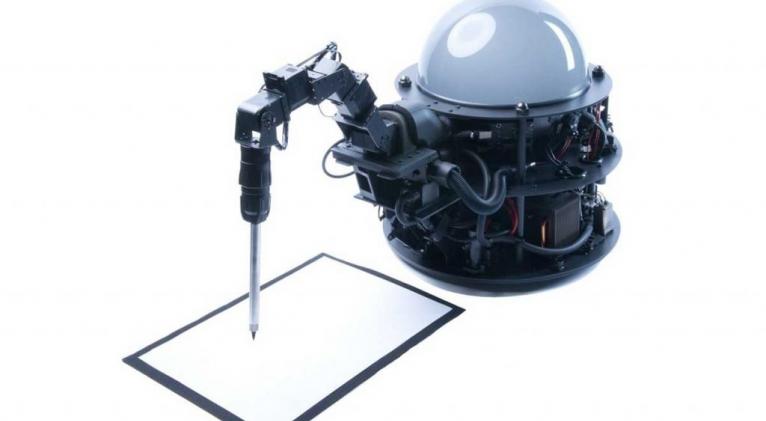When the new guy’s a robot
especiales

The world’s largest ad agency has hired its first artificially intelligent creative director – the rookie at McCann Erickson’s Japan office is named AI-CD β.
The move reminded me of an episode in the US TV series Mad Men. It is 1969, and the fictional ad agency installs its first computer, a room-filling IBM machine. “Why not let every client who sets foot in that door know that this agency has entered the future?” says one of the partners at the firm, proudly. The creative department stands grimly by, wondering if that future will include them.
In 2013, Oxford economists released a widely cited projection that 47 per cent of jobs were at risk of automation. The higher-ups at McCann figured humans have two options: stick to high-level intellectual labour or get comfortable with working for computers.
But their experiment bears out that the relationship will probably be more complicated than that.
As it happens, AI-CD β was inspired by Netflix, says Shun Matsuzaka, who heads up McCann Millenials, the taskforce that cooked up the new hire. Netflix collects massive piles of detailed data on what its viewers watch and like. When the streaming company wanted to come up with a new original series, it used an algorithm to determine content with the best chance of success – before investing in the award-winning remake of the political thriller House of Cards.
 Selected by software / Netflix
Selected by software / Netflix
“We thought we could do that for TV commercials too,” Matsuzaka says, “create creative direction by big data.”
A (human) creative director is in charge of turning a client’s requests into a finished commercial. AI-CD β is focused on the first step of the process: deciding what that commercial will actually look like. The robot uses data gathered by the team on advertisements that had won awards at the All Japan Radio & Television Commercial Confederation’s annual festival over the past decade. Each ad has been tagged by hand with descriptors of its tone and content. These are fed into an algorithm that takes in a creative brief – say, a campaign for a new chocolate bar, aimed at men in their 30s – and spit out an idea.
Though AI-CD β’s mind lives on a desktop, for appearance’s sake it also has a physical counterpart. “The creative director being in the meeting room is very important too, so we just thought we really need to create the actual body,” explains Matsuzaka. The blender-sized bot is black and covered in exposed wires. Its one arm is being programmed to write out briefs in Japanese calligraphy – typical of a creative director to write out directions and leave the rest of the work to younger employees, he says.
McCann Japan welcomed its robo-employee to the team on 1 April, in an office ceremony for new employees. The ceremony was real, but the date was no accident – people were bound to wonder whether the bot was an April Fool’s Day prank. “We’re an advertising agency,” he says. “It was kind of planned.”
Robot hires do make for good copy. In 2014, Hong Kong venture capital firm Deep Knowledge Ventures made news when it gave an AI program a seat on its board. Robot assistants have debuted in Japanese banks and in US DIY stores. And, if you’re visiting San Francisco, you can stop for lunch at Eatsa, a fully automated vegetarian take-out joint.
But is AI ready to work alongside us? Or is it only just good enough to seem plausible? This month, three restaurants in China fired their robot waiters after patrons complained that they spilled food and frequently broke down. “The robots can attract plenty of customers, but they definitely can’t reduce the need for human labour,” one boss told Chinese newspaper Worker’s Daily.
It’s fun to think of AI as an equal partner rather than a useful instrument. McCann Japan says its robot already has a client, although it can’t disclose who. But coming up with a great ad is only half the battle: the hard work of executing AI-CD β’s vision – casting, editing and filming the commercial – is still left to the humans. The dream might be a robot that does it all, but the reality is a human team with a computerised assistant.
That vision of the future might sit with us better. “It’s not like our enemy,” says Matsuzaka. “It exists to support us.”













Add new comment